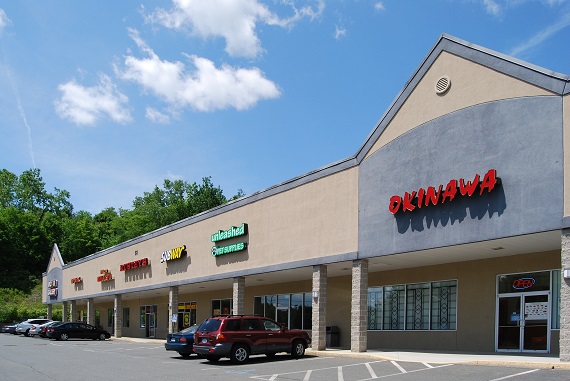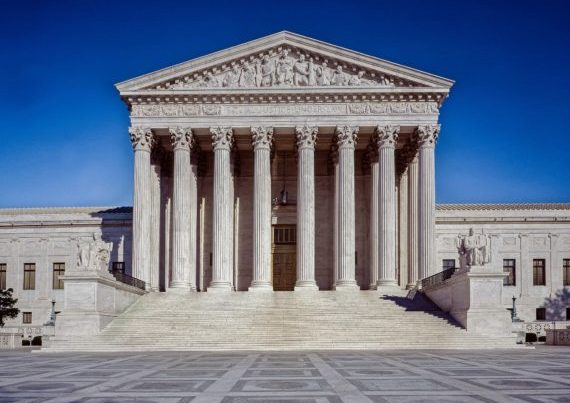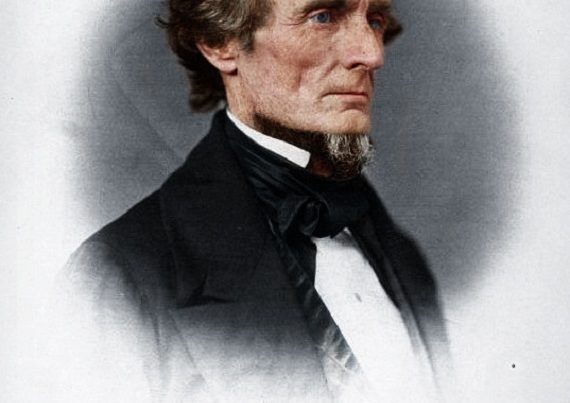For all of the pontificating of the virtues of the South, we have increasingly seen our agrarian landscape polluted by strip malls and environmental contamination. I make the case that neither of these things are inherently Southern in character, and as I believe, are contributing negatives to the soul and character of our region. We must work to correct these mistakes and not continue to allow them to occur in perpetuity.
Land use is inherently a controversial topic. Even bringing it up in the most polite of company brings forth images of governments telling good, hard-working property owners what they can and cannot do with land in which they own. In the simplest sense, this is correct. But large real estate development firms have purchased land, an increasingly scarce resource as the South’s population has exploded in recent decades. These firms have little care for the agrarian tradition, vernacular architecture or the culture of the South. In fact, they are enacting a homogenizing effect on the South that undermines the uniqueness of our region and its culture.
Noted British philosopher and conservative, Sir Roger Scruton eloquently stated in 2009 in a BBC documentary that beauty matters, and respecting an environment in which beauty is valued fosters an environment of care for the community or even landscape in which people live. Instead, our land and built environment is at best, used to enrich out of state multinational corporations, and at worst, an example of purposeful nihilistic exhibitionism.
Our forefathers certainly valued beauty. Traveling through the Virginia Tidewater, the Blue Ridge Mountains or the South Carolina Lowcountry one can easily discern the beauty in the simple houses, tobacco fields or rolling hills. The historic city centers of Charleston, Savannah and even smaller towns such as Madison, Georgia, and Abbeville, South Carolina exemplify the delicate care in which our ancestors valued the places in which they lived and labored.
Of course, this is not the South that many of us see on a daily basis. Coal slurry runoff has turned some of the waterways in Appalachia black; highways are littered with retailers such as Home Depot, ‘Bed, Bath and Beyond’ and Wal-Mart. Additionally, the vast majority of the buildings that are used for retail activity are built with shoddy materials, are not likely to withstand the next fifty years and are so ugly they are not likely to be adapted for reuse into the coming decades. Our once beautiful towns, villages, and farms have been cheapened by outside influencers and investors determined to extract profits whilst contributing as little as possible to maintaining our communities and the Southern landscape.
Urban centers throughout the South continue to expand, gobbling up increasing amounts of woodland and agricultural land. Critics may say that this is the price of progress. One only need look at cities like Atlanta, which are dominated by a consumerist culture, which is manifest in retail shopping centers and poorly constructed tract houses. The price of cheap goods and proliferating development has taken its toll on the South. Even the precious Gullah region of Georgia and South Carolina is slowly disappearing due to overdevelopment and the eagerness of those who inherit family land to make an easy profit. Plantation houses lost to neglect, Revolutionary War battlefields sit amongst suburban housing developments, and communities flood in southern Louisiana due to the intrusion of saltwater into the freshwater estuaries near the Mississippi River brought on by continued energy extraction efforts.
Much of the South today prioritizes economic development at all costs. Local governments seize upon the benefit of easement and property taxes to increase revenue while failing to look at the long-term repercussions of allowing the intrusion of cheap mass development. Culture and the Southern tradition are systematically erased when development such as this continues unabated. It is easy to see this as a classic tragedy of the commons. I even wonder, if not for historic preservation, if a large retail shopping center could be built within eyesight of Thomas Jefferson’s Monticello, or a McDonalds at the base of the King’s Mountain National Military Park.
Yankee author and essayist, James Kunstler, a critic of suburban development has called much of the land use and development patterns that have occurred since World War II, the “greatest misallocation of resources in the history of mankind”. I am unsure whether this is wholly true, but it does bring up if we in the South should be doing more when it comes to stewardship of our land and our natural resources. In fact, between the years of 1945 and 2012, the South saw a 627% increase in land being allocated to urban (including suburban) uses. From 1961 to 2015, the United States as a whole saw a 4-5% decline in agricultural land as a percentage of the overall land area in the republic. Correlation does not equal causation, but all one needs to do is travel to any population center in the South, and note that retail and residential development is sprawling further and further out from the traditional town boundaries.
The counterpoint to this is that only 3.6% of all land in the continental United States is currently regarded as urban (or suburban). Whilst urbanization is not inherently bad, and is often regarded as positive through the lens of increasing economic activity, few public officials take into account the effect of development upon the land and its people.
And what about the aforementioned effect on the culture of the South? It is my belief that we are being purposefully homogenized into the larger consumerist culture of the United States. People who used to consider their families and neighbors the most important aspect of their lives are being chased into larger and larger cities, in pursuit of higher paying jobs, bigger houses, luxury automobiles, and more debt. This relentless pursuit of material goods is a side effect of the abandonment of appreciation for the appreciation and stewardship of the land of their birth.
And what of those who are left behind in this new land rush of economic growth and urbanization?
It was easy to ignore these problems, for many of us were born into a globalist materialistic society. I had the pleasure and privilege of living in Scotland for several years and traveling throughout Great Britain, the land of my ancestry. One of the first things that I quickly noticed was the reverence that many of the British people have for the countryside and rural villages. Farmland and green space appear plentiful and maintained. Historic buildings are offered protection from development, and the surrounding countryside offers reminders to travelers and residents of the history and splendor of the landscape. We as Southerners do not have to allow our region to turn into the collective dumping ground for every developer or retail establishment.
In closing, I do not offer easy solutions to this problem, only emphasize that this is a discussion that we should be having if we truly value the land, culture, and history of the South. I reject that in fifty years the South that I leave for successive generations is one of advance cash shops, car dealerships, parking lots and failing, ruined shopping centers.








There is a movie, HELL OR HIGH WATER. Watching it will put a knot in your gut.